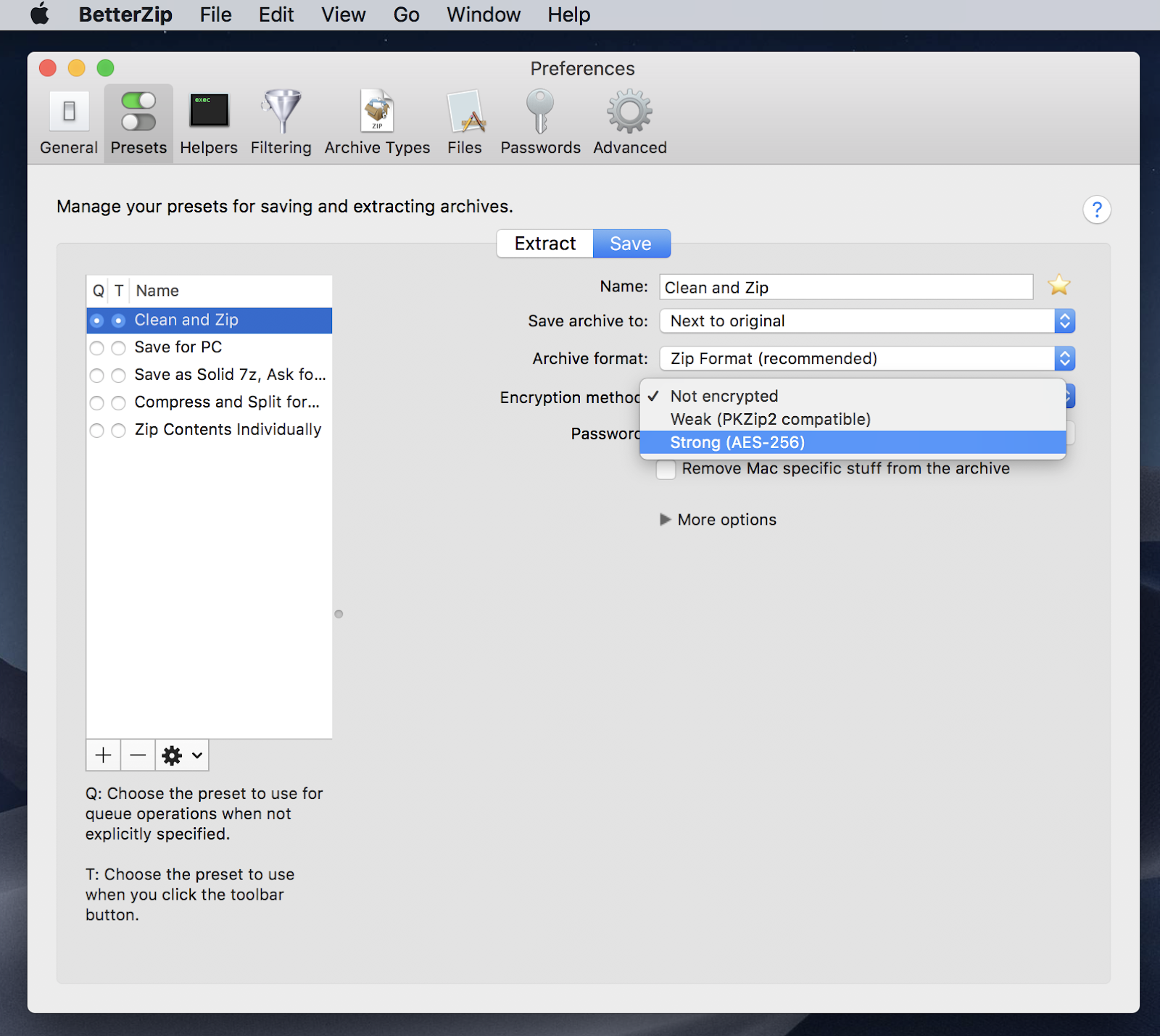

- #HOW TO RUN A ZIP FILE ON A MAC HOW TO#
- #HOW TO RUN A ZIP FILE ON A MAC INSTALL#
- #HOW TO RUN A ZIP FILE ON A MAC ARCHIVE#
- #HOW TO RUN A ZIP FILE ON A MAC RAR#
- #HOW TO RUN A ZIP FILE ON A MAC SOFTWARE#
#HOW TO RUN A ZIP FILE ON A MAC HOW TO#
RELATED: How to Open Apps from "Unidentified Developers" on Your Mac This is a security feature called “Gatekeeper”, intended to stop the spread of malware and other unwanted software, but every once and a while a program you want to run fall into this category, showing you a message like saying your program “can’t be opened because it is from an unidentified developer.”
#HOW TO RUN A ZIP FILE ON A MAC SOFTWARE#
How to Bypass Gatekeeper and Run Applications From Unidentified Developersīy default, your Mac won’t open any software made by “unidentified developers”. When you’re done installing the app, you can delete the PKG file and any DMG file it came in (after ejecting it, of course). These sorts of installers can do things the drag and drop installers can’t do, like installing system services and putting files elsewhere on the computer. You’ll see an interface not that different from Windows installation wizards. In all cases, you need to double-click the PKG file to run it instead of dragging it somewhere. Sometimes this will be inside a DMG sometimes you will download it directly. PKG Installers: Installation Wizards Like On WindowsĮvery once and a while you’ll come across a PKG file.
#HOW TO RUN A ZIP FILE ON A MAC INSTALL#
In these cases, simply drag the icon to Applications in order to install it.
#HOW TO RUN A ZIP FILE ON A MAC ARCHIVE#
Some applications don’t come in any sort of archive at all instead, you’ll download the application file directly. Simply drag this icon to your Applications folder and you’re done. Once you open the archive, you’ll see the Application icon appear in the same folder.
#HOW TO RUN A ZIP FILE ON A MAC RAR#
ZIP files open fine out of the box, but you’ll need something like The Unarchiver in order to open RAR and 7Zip archives on macOS. In these cases, you need to open the archive. Occasionally, applications will come in ZIP, RAR, or 7Zip archives instead of the standard DMG. Other Archive Files, and Loose Application Icons Then you can feel free to delete the original DMG file: you don’t need it anymore. When you’re done installing the application, it’s a good idea to unmount the DMG in Finder when you’re done installing: just click the “Eject” arrow.

But Applications is the most convenient place to put things, so we suggest you just put everything there.ĭMG files are mounted by your system, like a sort of virtual hard drive. Some people create a “Games” directory, to keep games separate from other applications. You don’t have to put your programs in the Applications folder, though: they’ll run from anywhere. It’s so simple it confuses some people-surely there must be more to it than that? There isn’t: dragging the application to your Applications folder is the entire process. Simply drag the application’s icon to your Applications folder and you’re done: the software is now installed. Often these will include the application itself, some form of arrow, and a shortcut to the Applications folder. Most macOS applications downloaded from outside the store come inside a DMG file. Double-click the DMG file to open it, and you’ll see a Finder window. DMGs and Other Archives: Just Drag and Drop

We could go on, but needless to say not everything you want will be in the App Store. Even some smaller companies avoid the Mac App Store for this reason. Apple gets a cut of all sales in the Mac App Store, and companies like Microsoft and Adobe don’t like that, which is why Microsoft Office and Adobe Creative Suite won’t be in the Store anytime soon. Pretty much any application that customizes macOS can’t run in a sandbox, which is why you’ll have to look elsewhere for tools like Dropbox, which by definition need to work outside the sandbox in order to function properly. First: apps from the Store are sandboxed, which is great for security, but limits what applications can do. Still, you probably won’t install all of your software this way, because the App Store doesn’t have all the applications you want. RELATED: Why the Mac App Store Doesn’t Have the Applications You Want Updates are all handled by the store, which is convenient, and any application you purchase on one Mac will work on another. Your application will download and show up in your “Applications” folder. Open the store, search for the app you want, and click “Get” then “Download.” Still, the Mac App Store is a decent first place to check. We’re all used to app stores on our phones, but on the desktop they remain an oddity. Mac App Store: Click a Button to Install an App


 0 kommentar(er)
0 kommentar(er)
